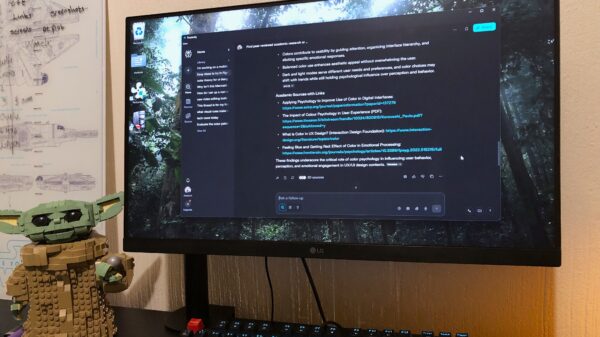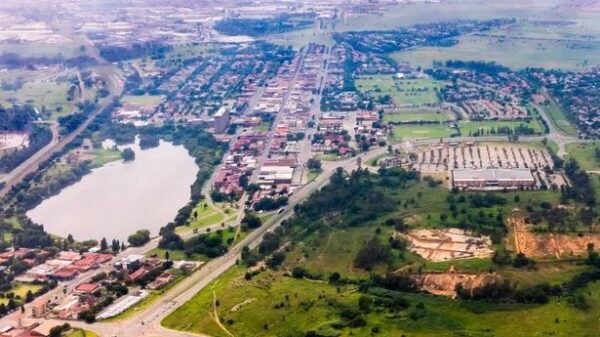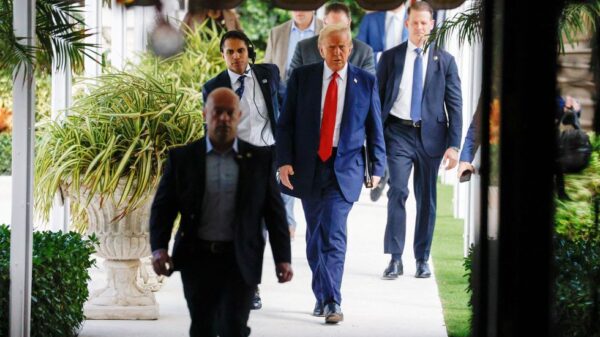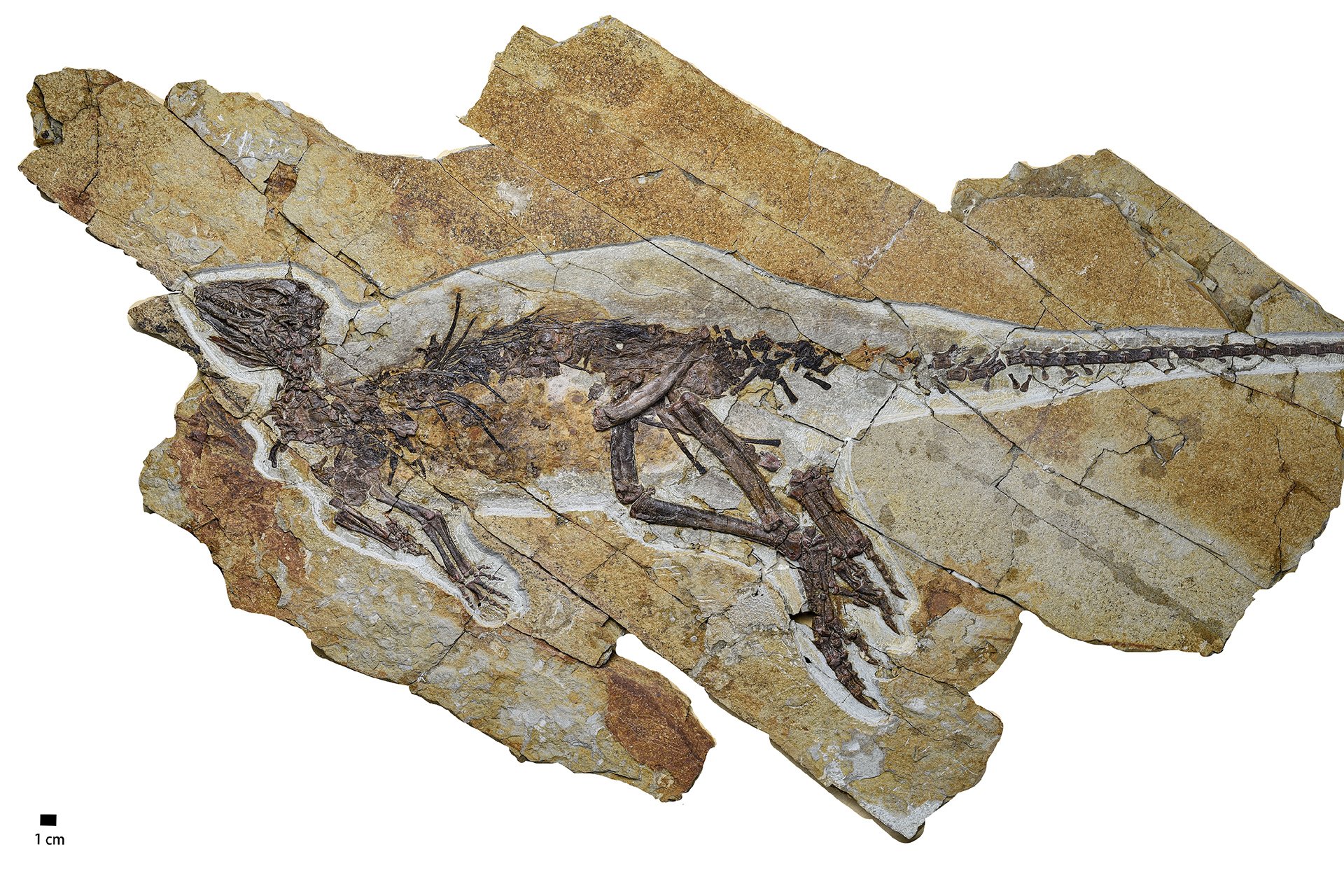A recent discovery in northeastern China has revealed a dinosaur that may have chirped like a bird, suggesting that the origins of birdsong might date back further than previously thought. In a study published on March 1, 2024, in the journal PeerJ, an international team of researchers presented their findings on a 163-million-year-old fossil named Pulaosaurus qinglong. This relatively small dinosaur, measuring approximately 28 inches (72 centimeters), has provided scientists with an unprecedented glimpse into its anatomy, particularly its birdlike throat structure.
The fossil was unearthed in Hebei Province, China, and its remarkable preservation allows for detailed analysis. According to Xing Xu, a paleontologist at the Chinese Academy of Sciences and a co-author of the study, “Even when you have a dinosaur skeleton preserved, you don’t always have these isolated bones preserved with other skull elements.” The fossil’s delicate throat bones are particularly noteworthy, as they are typically fragile and difficult to preserve.
In modern vertebrates, vocal organs serve to protect the airway and produce a range of sounds, from hisses to grunts. Most reptiles possess simple vocal structures made of cartilage. In contrast, birds have evolved complex, bony vocal organs capable of producing a variety of intricate sounds. The throat of Pulaosaurus appears to represent an evolutionary stage between these two extremes.
The research indicates that the vocal anatomy of Pulaosaurus bears similarities to that of another dinosaur, Pinacosaurus, an ankylosaur known for its large, bony larynx. This structure may have allowed Pulaosaurus to produce birdlike chirps and tweets, as reported by the New York Times.
Paleontologists believe that Pulaosaurus lived during the late Jurassic period and belonged to a group of dinosaurs that would eventually lead to the emergence of “duck-billed” dinosaurs like hadrosaurs. Despite the evolutionary gap of millions of years between Pulaosaurus and Pinacosaurus, the presence of similar vocal structures raises intriguing questions about the evolution of sound production in dinosaurs.
While it remains unclear whether these dinosaurs developed their vocal features independently, the findings imply that their ancient ancestors may have been quite vocal. This discovery hints that the origins of birdsong could trace back to creatures that existed more than 230 million years ago.
The evolution of the modern bird’s voice box, known as the syrinx, still poses a mystery. Researchers continue to explore whether any dinosaurs possessed vocal capabilities akin to those of contemporary birds. As investigations into these ancient creatures progress, the link between dinosaurs and modern avian vocalization becomes increasingly fascinating.



































































